The Arecibo Observatory has the largest radio telescope ever constructed. Maintaining the greatest electromagnetic wave gathering capacity of any telescope, it has been an essential tool in modern astronomy, ionosphere and planetary studies. Several feats of mechanical engineering went into the construction of this observatory, most notable of which is a drive system which allows all active parts of the antenna to be kept focused with millimeter precision regardless of environmental factors—such as thermal expansion.
2001
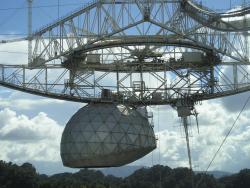
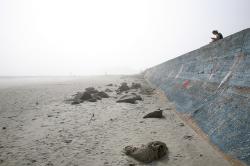
Galveston Island is a barrier island located two miles off the Texas coast. The island is about 3 miles wide at its widest and about 28 miles long. The Galveston Seawall extends over 10 miles along Galveston's oceanfront, protecting life and property against hurricanes and tropical storms.
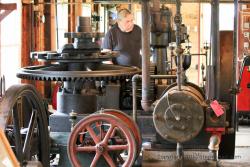
Early internal combustion engines produced only a few horsepower and were unable to replace steam engines in most applications until about 1890. By then, they were powerful enough for most portable or remote locations and many small manufactures. By 1900, they were replacing reciprocating steam engines for electric generation, and by 1915, they were being considered for all but the largest installations where steam turbines have dominated to date.
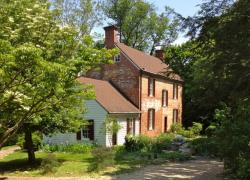
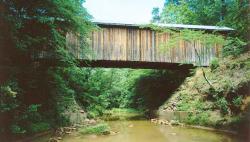
In 1894, Catawba County, North Carolina commissioners asked local landowners to build and maintain an 85-foot-long bridge across Lyles Creek. The community hired Andy L. Ramsour, who served as keeper of the Horseford covered bridge over the Catawba River in Hickory, North Carolina.
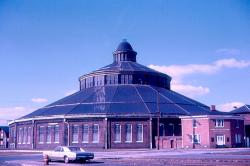
"The roundhouse is an amazing survivor of an important era in American engineering and architectural history. Eric DeLony, chief of the National Park Service's Historic American Engineering Record, has called it 'the most important surviving cast-iron framed building in North America.'"
From: The Baltimore and Ohio Railroad Martinsburg Shop Complex: Historic Structure Report. By John P. Hankey, August, 2000.
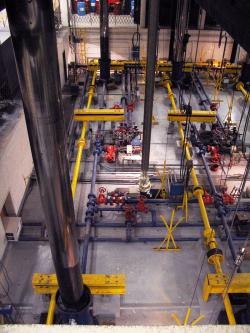
The precision "choreographed" staging of Radio City Music Hall offers size and versatility, unlike any other. Built in 1932 by Peter Clark, its innovative elevator system is a forerunner of other stage designs (including the Metropolitan Opera House) as well as aircraft carrier systems built in World War II. These elevators can handle people, animals, props and scenery at variable speeds, delivering them to the stage or above and also dropping out of sight in front to reappear again in the back, just as effectively.


